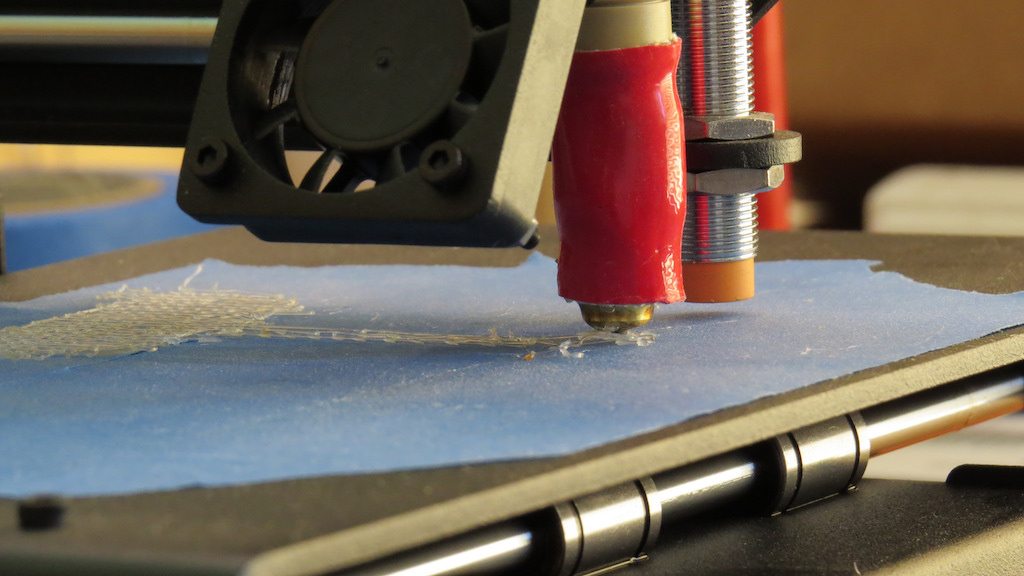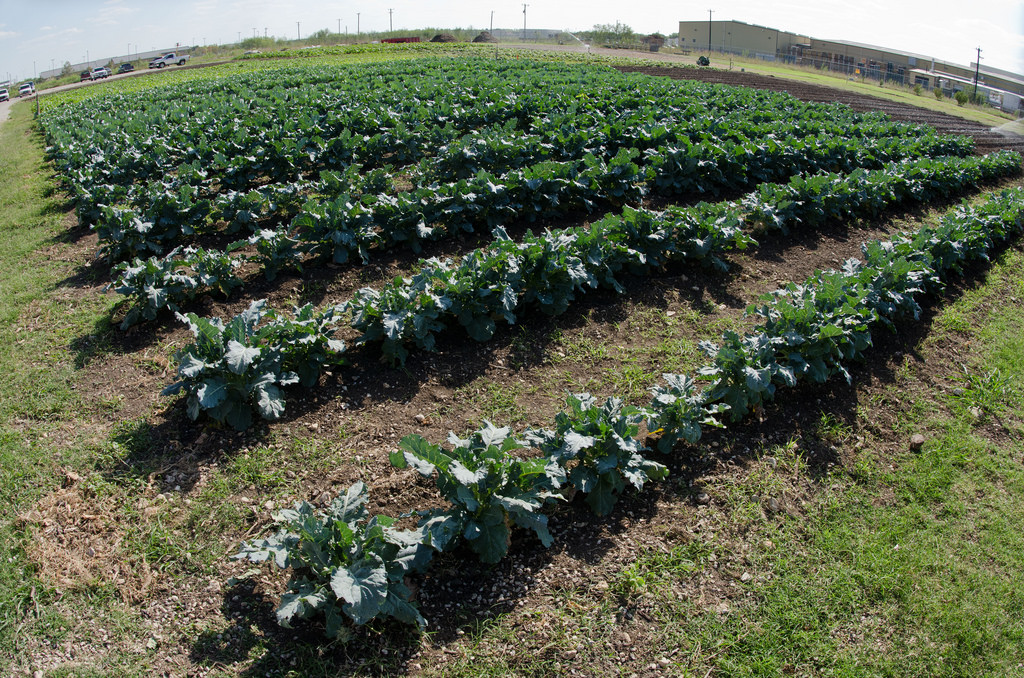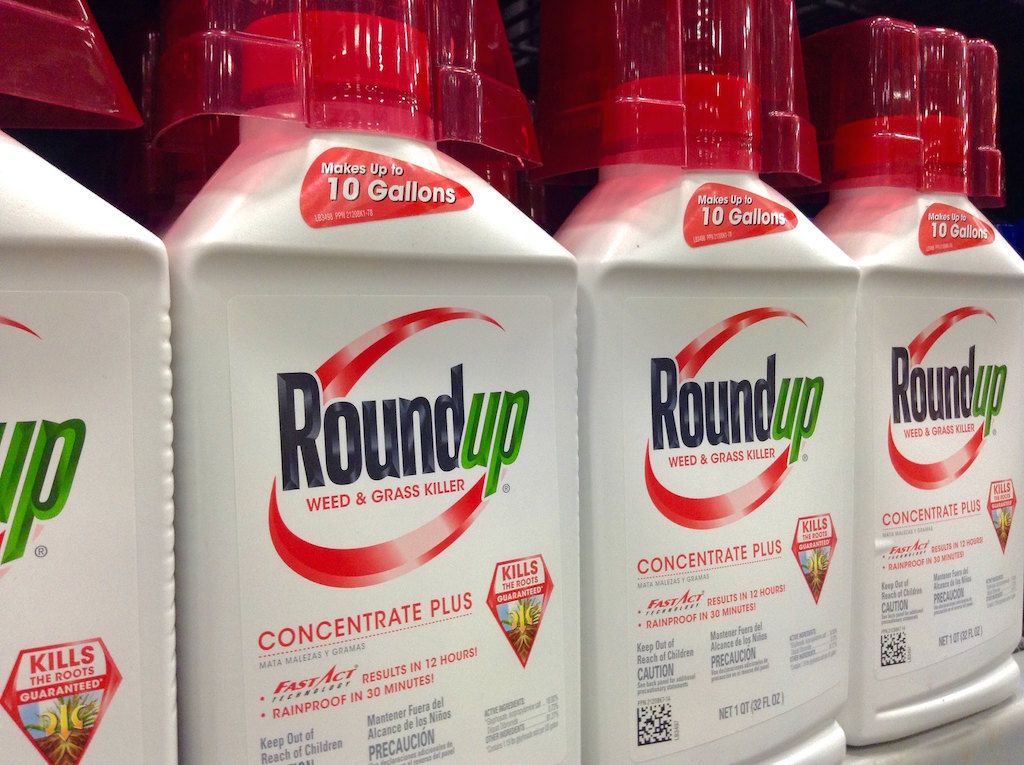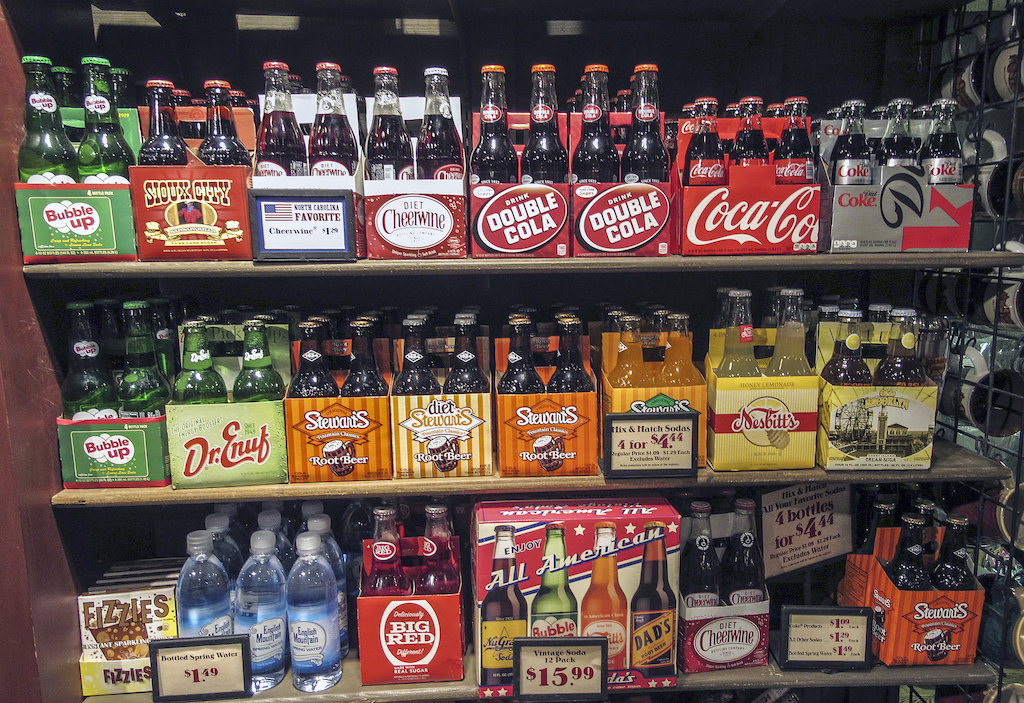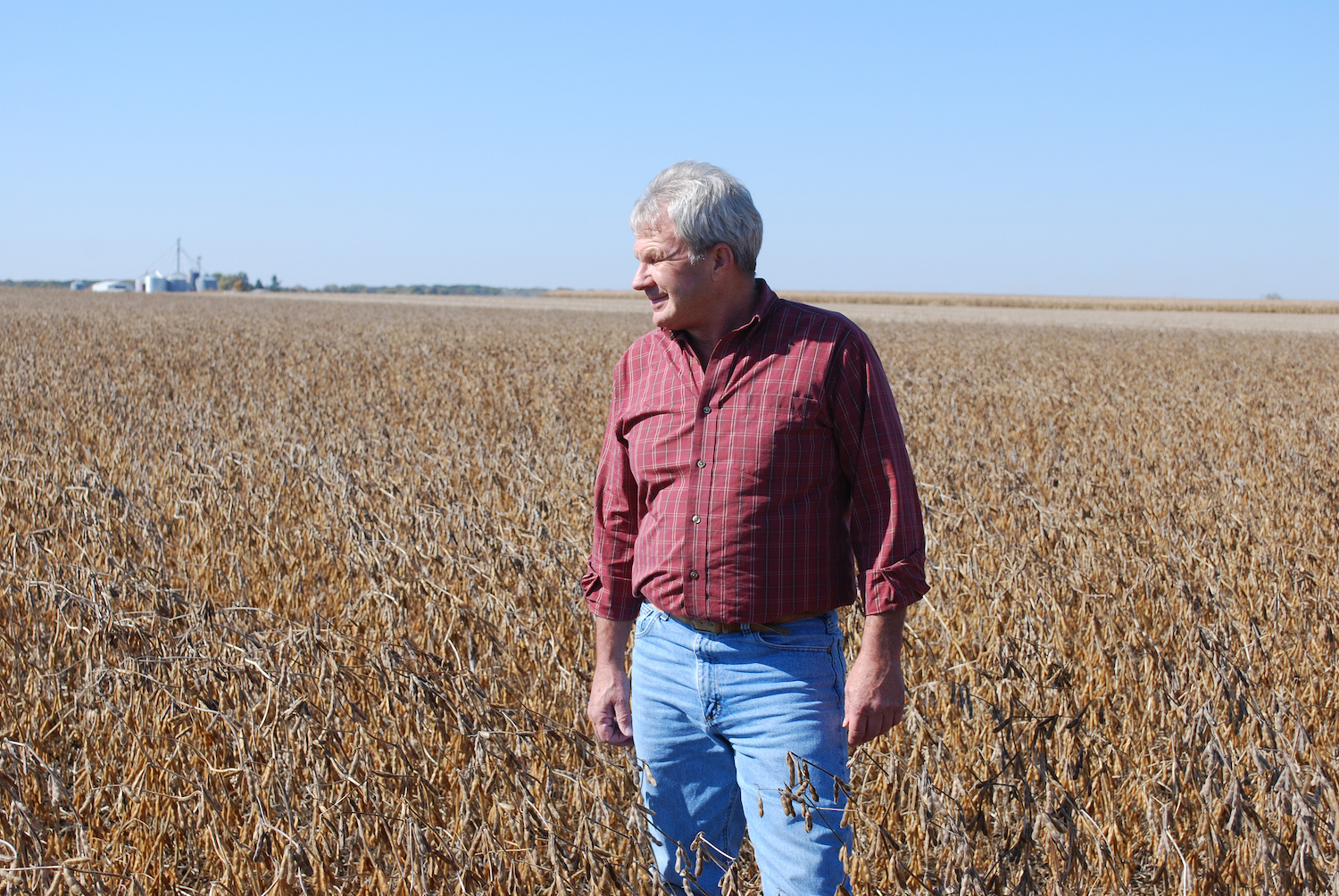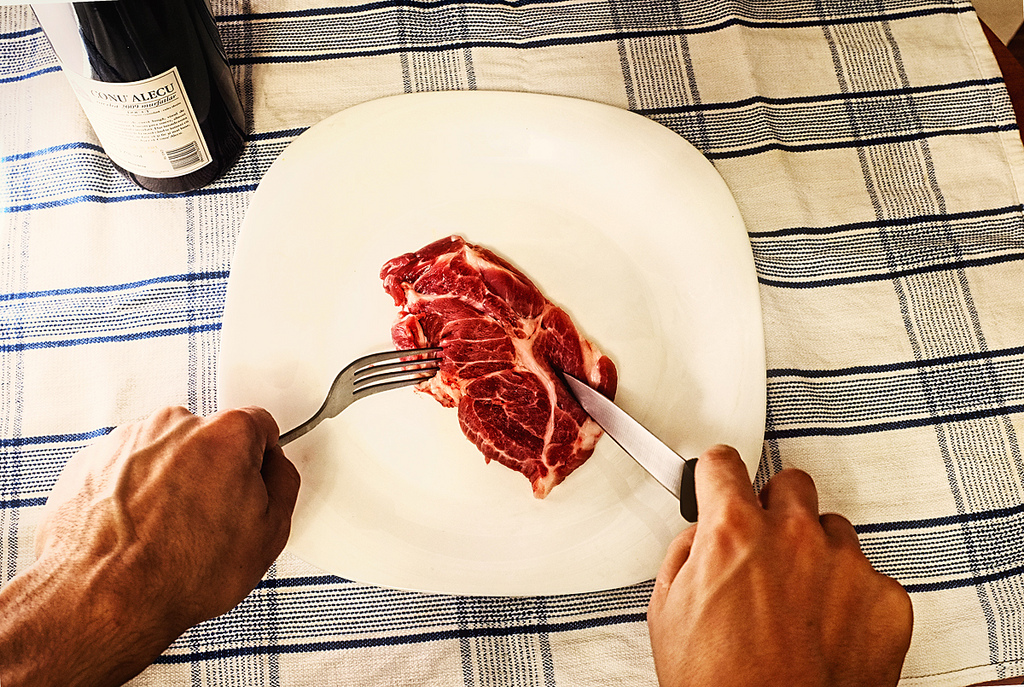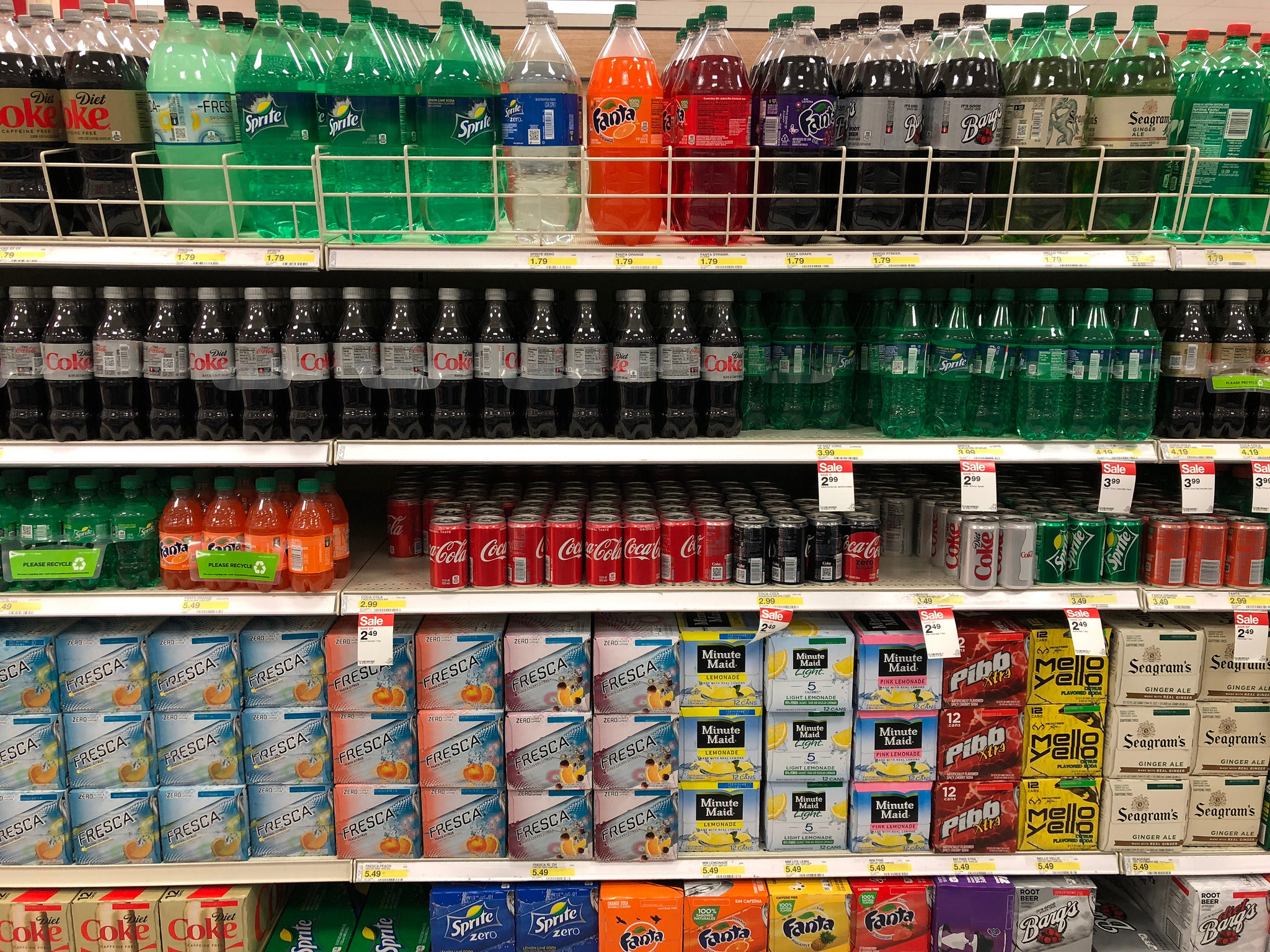All the food that’s fit to print. 3D food printers are catching on in commercial kitchens, the New York Times reports. Pasta maker Barilla has prototyped a printer that can make intricate fresh noodles in minutes, and nursing homes in Singapore and Japan are testing recipes that calibrate nutritionally balanced foods for their residents. Chef Paco Pérez at Michelin-starred Llançà in Spain is using his printer to experiment with meringues and emulsions in hopes of making the perfect puff every single time.
It’s still early days for the printers, though. The oven-sized machines can’t actually cook anything yet, and they retail at about $2,500-$4,000. But Lynette Kucsma, co-founder of Natural Machines, a 3D food printer manufacturing company, believes someday a printer will grace every countertop. The maker of the Foodini is prototyping a new version that includes an oven, and she expects it to retail at about $2,000 on the mass market.
Foodini uses a refillable capsule system, which means chefs have to mix dough or puree vegetables before feeding them into the printer. The concept lends itself to a Keurig-like commercial model—wouldn’t it be easier to buy a capsule of pasta dough and its requisite programming than to make it from scratch?—but that may not necessarily be a bad thing. The potential for making palatable, balanced food of all kinds for people with special dietary requirements is huge. “This may be the missing link between nutrition and personal medicine,” Kucsma told the Times.
